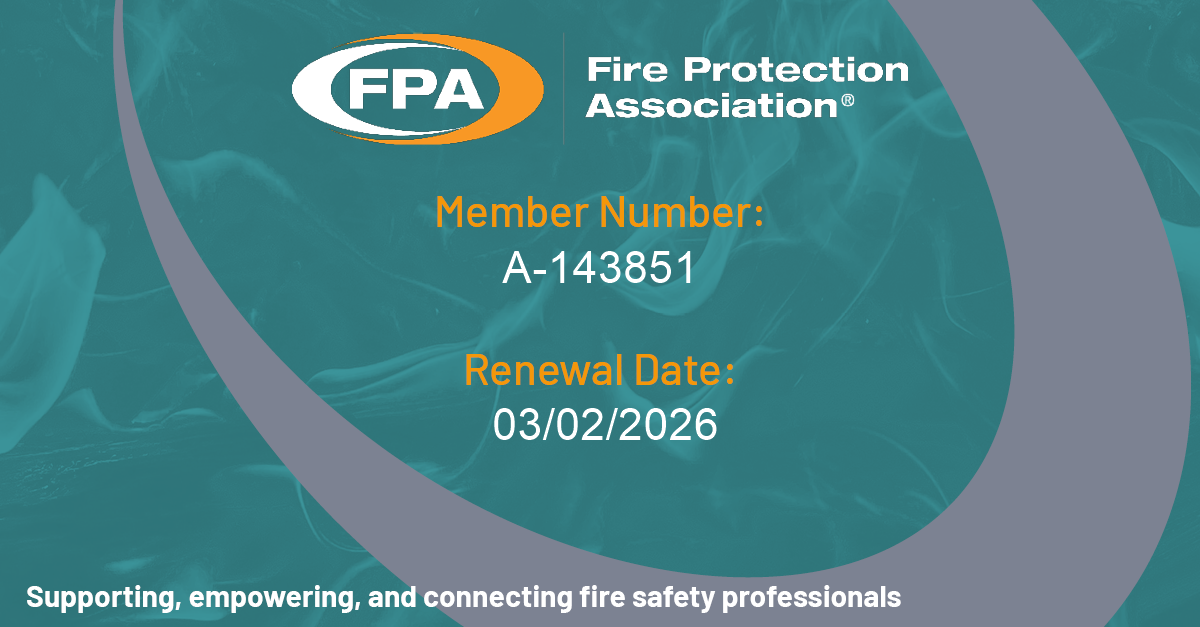Premises managers are increasingly looking to fire damper inspection companies to handle remedial work for them following performance testing failure, yet relatively few companies have in-house remedials teams or are able to arrange seamless service.
That’s why Airmec Essential Services has doubled the size of its fire damper remedials team so it can provide remediation proposals, plan and schedule critical works as soon as the inspection report identifying any defects is completed.
Like most aspects of building safety, the buck for fire damper safety lands with the building owner or operator. You are responsible for choosing the right, competent contractors, ensuring that checks and tests are done at the right intervals, and acting on any defects in a timely manner.
Regular fire damper testing should be easy to plan – at least annually is the rule and your last testing contractor will probably be ready to remind you even if your compliance checker or building management software doesn’t.
Not so easy is finding the help you need to fix any defects found during inspection. Airmec responded by establishing an in-house fire damper remedials team several years ago. This year the team has been doubled in size to eight dedicated, trained and experienced technicians to keep up with demand.
The specialist remedials team can respond quickly to reports from mandatory fire damper inspections and tests. They will undertake servicing and replacement work and fit extra access hatches and/or removable duct sections where necessary.
Scheduling remedial work
BS9999: Code of practice for fire safety in the design, management and use of buildings says faulty dampers should be repaired and replaced immediately, but what does immediately mean in practice?
The lead time from a customer placing an order to resolution is likely to be at least 6 to 8 weeks by the time there has been a detailed survey, parts have been ordered and work scheduled around the client’s building usage.
The main delay to remedial work is likely to be budget approval, so the sooner you can get a detailed quote based on a pragmatic response to the routine inspection report, the better. The degree of urgency can be determined by dynamic risk assessment of each issue.
If a damper fails testing, it usually fails closed so from a fire safety aspect it is safe. The problem then is that the ventilation system will be inoperable. The practical way of viewing the issue is to look at the risk associated with the individual damper. Has it failed safe? Where is it located (is it on an escape route)? What other dampers are in the system and where are they, are there other actions that can be taken in the interim i.e. other fire safety measures, alarms, revised evacuation plan etc.
Providing the remedial works have been committed to, the building user can usually demonstrate that they are taking action to resolve the situation. There may be a need to refer back to insurers.
Typical remedial requirements
You can clean and service a fire damper, replacing fusible links etc, but a damaged damper cannot be repaired as it would not be certified. It should be replaced with a new equivalent damper of the same type and rating. Contractors should not be allowed to fit a different type or specification of damper without reference to the building fire strategy and customer review/agreement.
After a new damper is fitted, it may need fire stopping. Some dampers have an integral plate which seals against the wall or floor so will just need suitable fire rated sealant and not fire stopping. Where stopping and certification is required, the remedials contractor should arrange this for you as part of the overall contract and provide a FIRAS (or equivalent) certificate of conformity.
Often, the first stage of remedial work is simply a case of fitting access hatches to allow for inspection and performance testing.
A full report should be submitted following any fire damper remediation work. It should detail the scope of works recommended and summary of work completed, and if these differ, why. For instance, a planned replacement of a failed damper may have been hampered by access issues on the day.
Photographic records should be the norm for any essential services work like this and do make sure that the remedials contractor does provide that Certificate of Conformity and full traceable certification for fire stopping.
Who can undertake fire damper remedials?
There is currently no standard for the maintenance of fire and smoke dampers in the UK. VH001 Fire and Smoke Damper Maintenance is a Technical Bulletin, issued by Building Engineering Services Association (BESA) which bridges this gap in legislation. BESA membership shows that a business is audited and compliant with BESA standards and guidance
Individuals undertaking site work should be trained and experienced and carry a Construction Skills Certification Scheme (CSCS) digital Skillcard, which will list their nationally-recognised NVQ/SVQ achievements and ensure they can be admitted on site with confidence.
All Airmec fire damper remedials operatives are required to achieve NVQ Level 3 in heating and ventilating ductwork planning and installation.
August 2024











